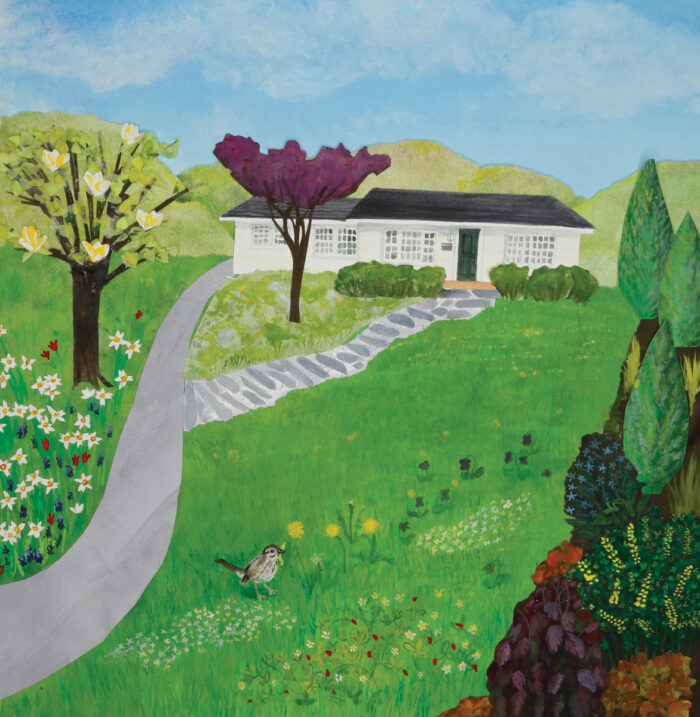
Replacing your lawn with a matrix of native plants might not be an option for you, but you can still move the ecological needle in the right direction in your backyard. If you are ready to grow a lawn that supports life in every season, start small but start somewhere! Here are a few ideas to try.
Best Practices for Eco-Friendly Lawn Care
Reduce or eliminate the use of pesticides and fertilizers on your lawn. This keeps chemicals out of waterways and limits the collateral damage to wildlife. Using herbicides to eliminate plants like dandelions and white clover does more harm than good.
Leave your lawn a bit longer. Set your mower deck height to at least 3 inches tall (4 is even better). If you must irrigate, water deeply and as infrequently as possible, since shallow watering promotes shallow rooting.
Add diversity to your lawn with minor bulbs like crocus (Crocus spp. and cvs., Zones 3–8), snowdrops (Galanthus spp. and cvs., Zones 3–9), or species tulips (Tulipa spp. and cvs., Zones 3–8). There are many choices available; get creative and have fun designing your bulb lawn!
Introduce low-growing natives such as violets (Viola spp. and cvs., Zones 3–9), bluets (Houstonia spp., Zones 3–8), pussytoes (Antennaria spp. and cvs., Zones 5–8), or wild strawberries (Fragaria virginiana and cvs., Zones 5–9). Using locally adapted native plants helps support specialist pollinators.
Reduce the size of your lawn, beginning with steep slopes, narrow pathways, and odd-shaped, hard-to-mow areas. These are ideal for lawn alternatives like sedges or other ground covers. Conversely, consider expanding planting beds with an eye toward more time-efficient and safer mowing. Transitioning an entire lawn to a lawn alternative can be costly, so starting with edges and pathways is better.
Increase diversity in non-lawn areas. Planting beds, containers, trees, and shrubs should offer a variety of floral resources throughout the growing season to support as many species of insects and other wildlife as possible. Studies indicate yards with at least 70% native plants support a maximum of insect and songbird diversity.
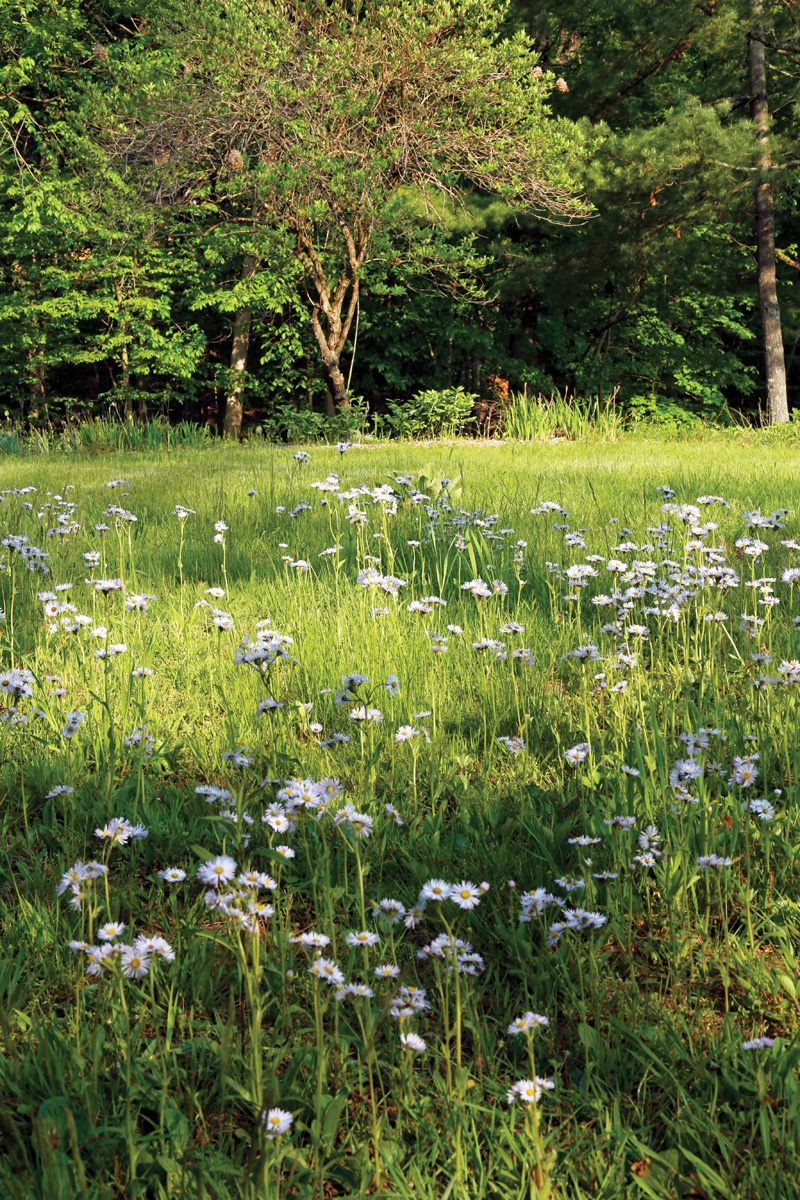
These action items are easy to follow and will ensure that your lawn continuously provides positive, year-round benefits for humans and wildlife alike, not just for one month in spring. The spirit of No Mow May is to promote insect diversity and feed pollinators, and we can still achieve these worthy goals by making wise planting choices and incremental shifts in our lawn care habits.
Ulrich Lorimer is the director of horticulture at the Native Plant Trust in Framingham, Massachusetts.
Fine Gardening Recommended Products

DeWit Spork with Solid Socket
Fine Gardening receives a commission for items purchased through links on this site, including Amazon Associates and other affiliate advertising programs.

SHOWA Atlas 370B Nitrile Palm Coating Gloves, Black, Medium (Pack of 12 Pairs)
Fine Gardening receives a commission for items purchased through links on this site, including Amazon Associates and other affiliate advertising programs.
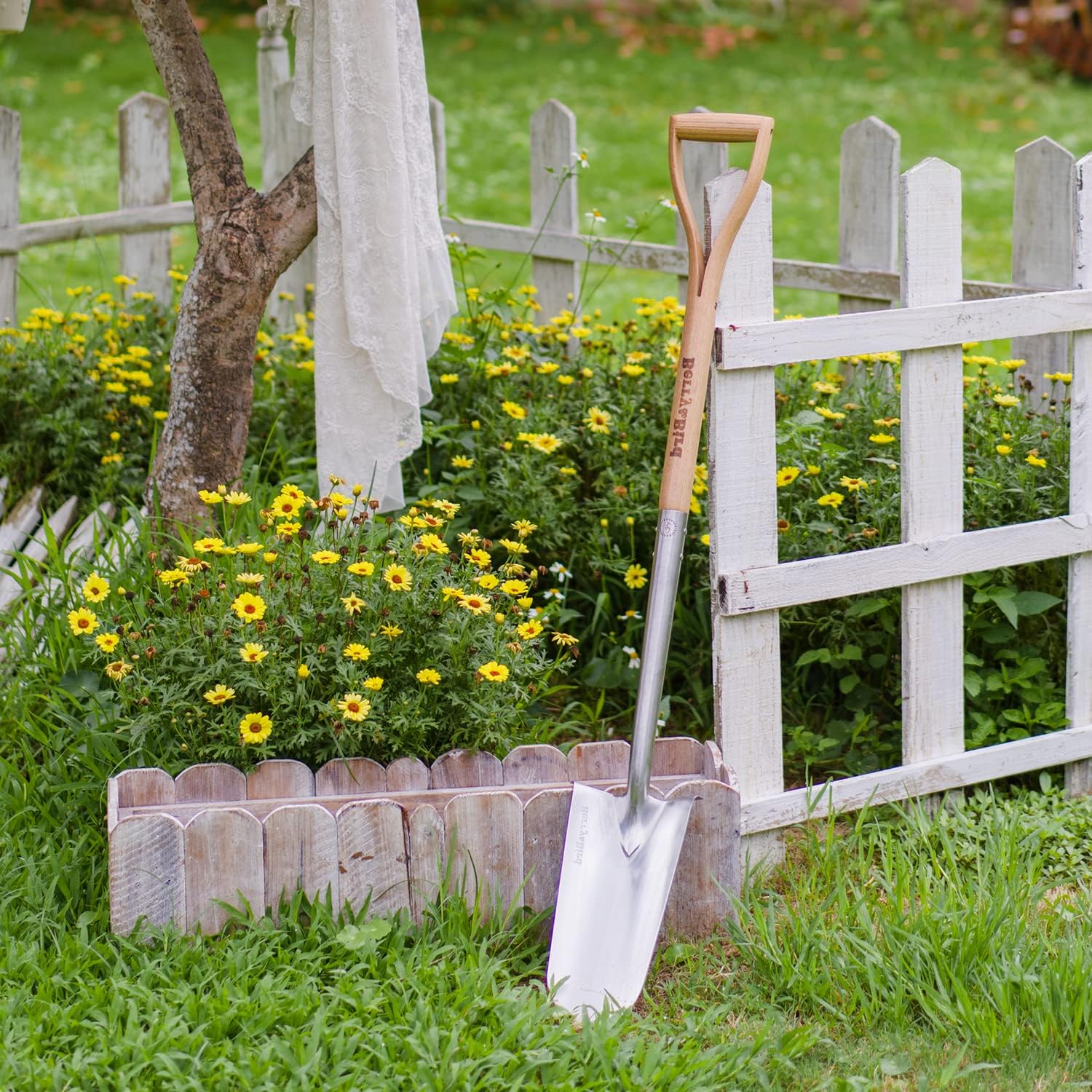
Berry & Bird Rabbiting Spade, Trenching Shovel
Fine Gardening receives a commission for items purchased through links on this site, including Amazon Associates and other affiliate advertising programs.



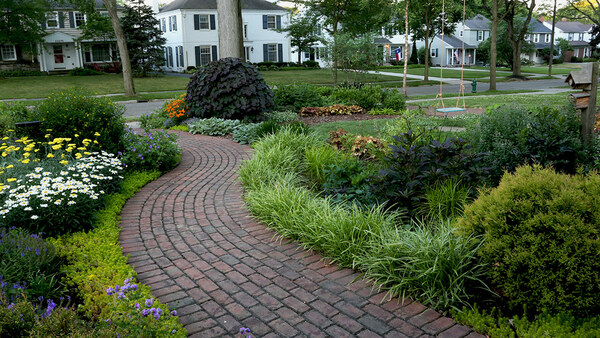

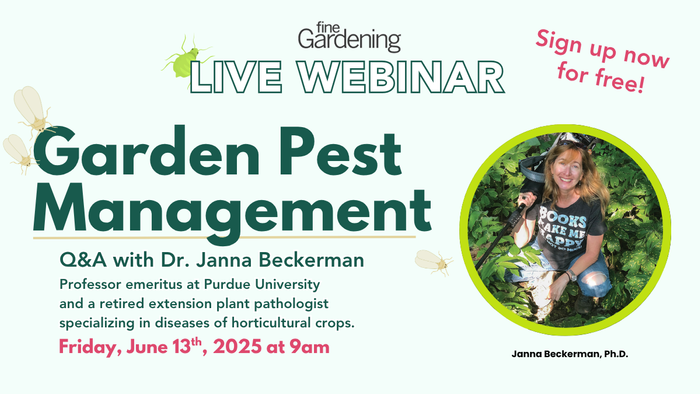
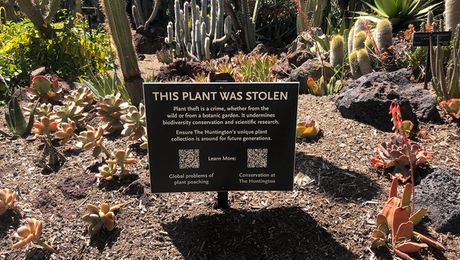
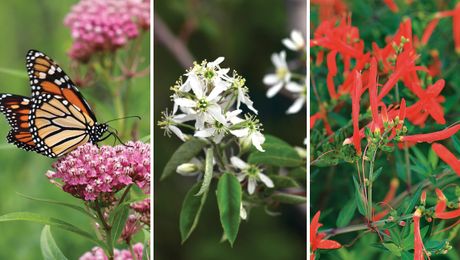
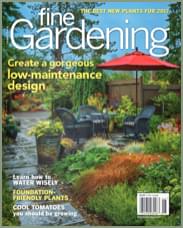

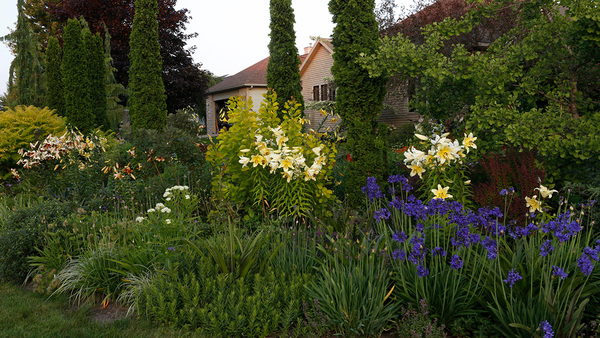




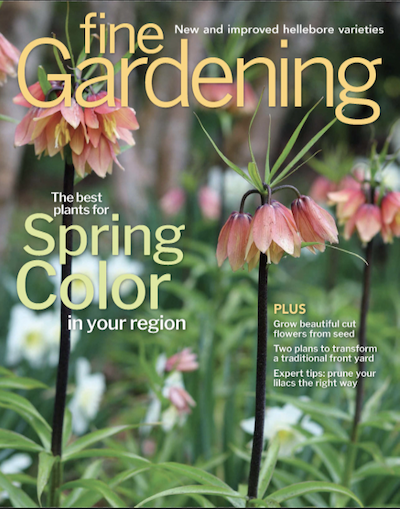


Comments
Log in or create an account to post a comment.
Sign up Log in